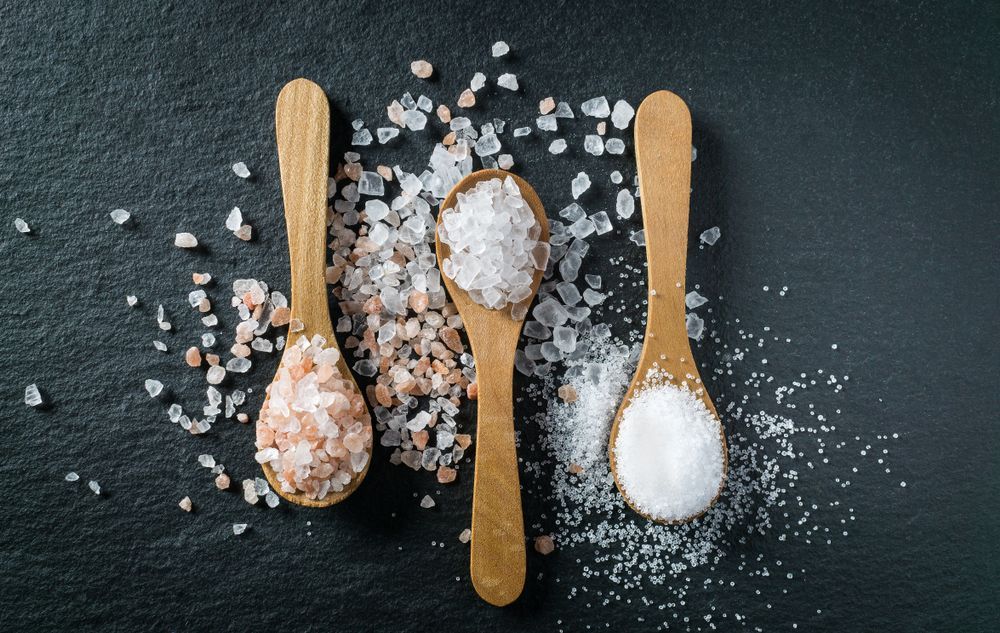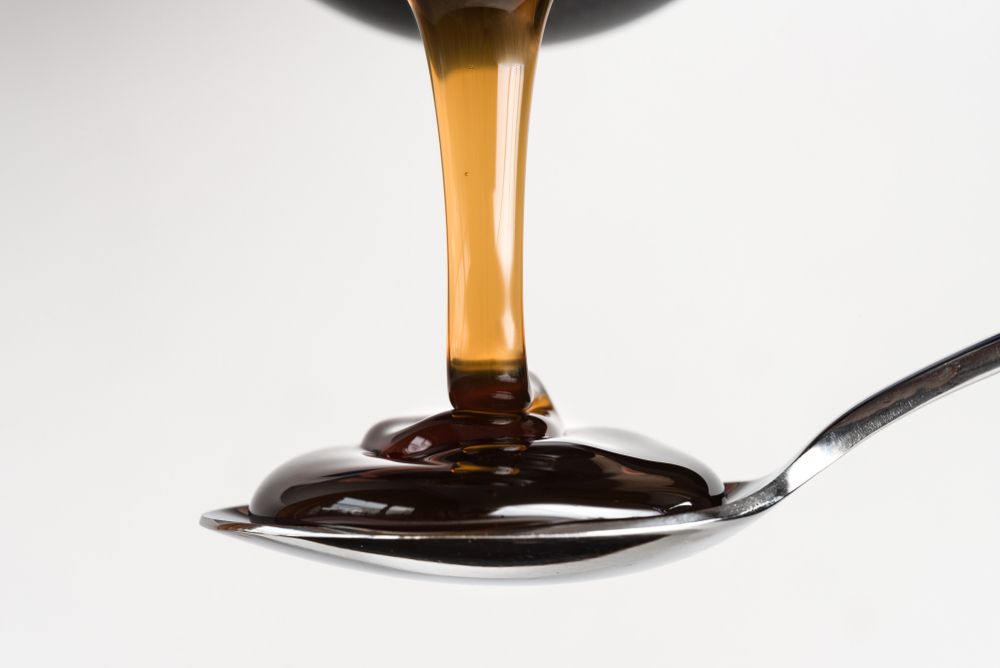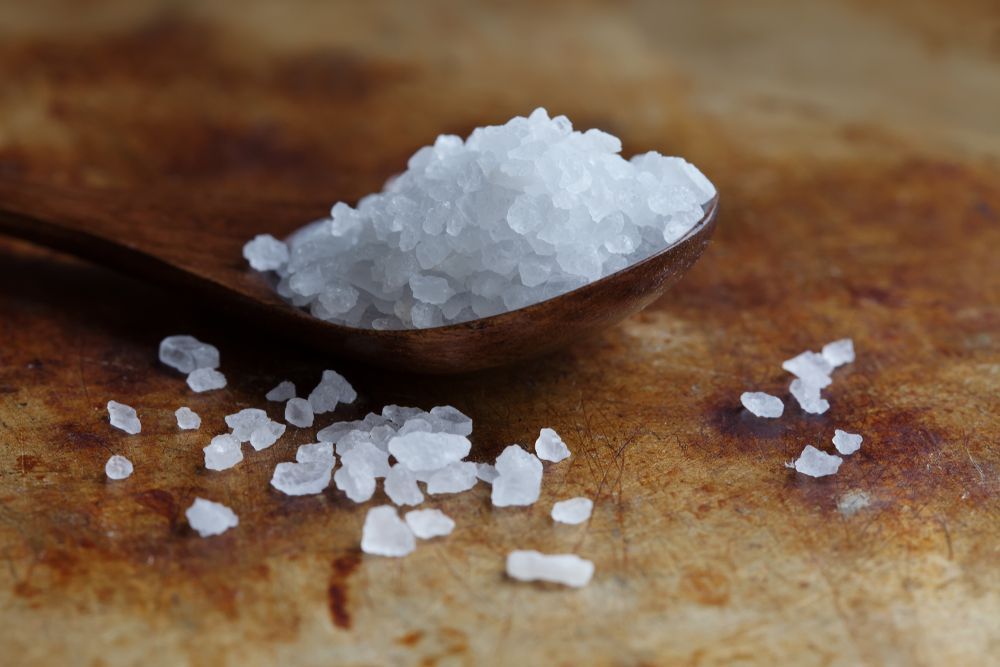Beet Sugar vs Cane Sugar: Is There A Difference?
Beet Sugar vs Cane Sugar: Is There A Difference?
The nutritional contents of sugar rarely include where the sugar was sourced and may leave you skeptical, which is why we would like to provide a roadmap.
You may not be aware, but the sugar you use in your products can be a range of cane sugar, beet sugar, or often a blend of both. These two plants both go through a refining process to extract sucrose. However, the method to obtain the product is quite different. Below we will outline the major differences in the sourcing and refining of these two sugars, and how they can affect the final outcome of your product.

Where Does It Come From?
Sucrose is found in many different plants we consume, such as honey, dates, and maple sap, but the plants with the highest concentration of sucrose are sugarcane and sugar beet. This is the main reason why they are the plants chosen to refine into sugar products.
Sugarcane is grown as grass in tropical climates. The top grower, internationally, is Brazil, but it is also produced domestically in Florida, Louisiana, and Texas. The sugarcane has a longer growing season than sugar beets, of up to 7-8 months until harvest.
Sugar beets are grown in more domestic states than sugarcane since they can adapt to both cold and warm climates. The top international beet grower is Europe. The harvesting season for beets is short, based on whichever hemisphere it is being grown in.
Steps in Refining Beet & Cane Sugar
1. Clarification:
The method of collecting juice from the plant to gather and break down different plant components.
2. Boiling:
Using evaporation, the juice and syrup are boiled under low pressure in this stage.
3. Crystallization:
Sucrose that has already been processed is added as “seed sugar crystals” so the syrup can mimic and grow new crystals at the same size.
4. Centrifuging:
A machine sifts through elements of the juice, collecting crystals, separating the sucrose from the molasses.
5. Bleaching (only Sugarcane):
Sucrose is dark when extracted, not the typical white color you see in stores, the crystals are bleached by putting them through natural carbon.
Their Similarities
In the refinement process, it is evident both methods end up with the same components extracted, sucrose, and the nonsugar pieces called “impurities.” The rest of the plant is discarded. Other similarities include:
1. Chemical Structure
A fair comparison to the process of making sugar is table salt. Sucrose is to sugarcane and sugar beet, as is sodium chloride gathered from various naturally occurring elements. One is not “purer” than another. Manufacturers have slightly different processes, but the result is always the same, sucrose.
2. Nutrition
Sugar from both plants has the same, nutritional value, and the human body digests and reacts to sucrose from both plants in the same manner.
3. Taste
The sweetness, although some experts would like to argue this, is identical in both. The aroma is only different if you are an experienced baker or food critic, but typical consumers would not be able to notice a difference.
4. Price
Even though the plants grow in different regions and in different seasons, the cost is competitive for purchasers. Both products are mass-produced globally, which allows the cost to remain economical and accessible to all purchasers, big and small.
Who Distributes This Product?
The sugar industry is based on the current supply of each plant. The most popular type of sugar is a blend of the two plants due to the supply and is sourced worldwide. Large distributors buy the refined sugar from available sources and sell it to manufacturers to package and market to the food industry. Therefore, businesses typically do not disclose what percent of their sugar is cane vs beet since it is unknown most of the time.
Is There A Reason to Avoid One Type?
There are a few reasons that a business may decide to avoid sugar derived from either. The result from the two processes is so similar differences are undetectable to buyers, but companies may have their preferences for these personal reasons.
1. Difference in Pricing
The sugarcane plant is a bit more demanding with climates and proper nutrients to grow, causing a slightly higher price. If you are trying to make the most economical decision for your business, beet sugar or a mix is the way to go.
2. Beet Sugar is GMO
There is a slight trade-off when going for the cheaper alternative. Beet sugar is a genetically modified organism/food (GMO). This is popular in many foods, especially domestic but quite the debate internationally. Many purchasers may deter from beet sugar to steer clear of the unknown with GMO’s. 95% of sugar beet seeds in the U.S. are genetically modified.
3. Culinary Creations
Bakers around the world have debated if there are detectable differences between cane vs. beet sugar. They argue that cane sugar caramelizes better than beet sugar. There are slight differences in the aroma and baking performance between the two sugars, but that is up for debate and it is widely accepted by the industry that they are identical goods.
Working with Indiana Sugars
Need bulk sugar for your business? We supply high-quality, bulk ingredients at affordable prices. Indiana Sugars online allows us to provide you with a 24/7 marketplace for your convenience. Contact our team with any questions you may have and let us know how we can help you.
We look forward to hearing from you!










